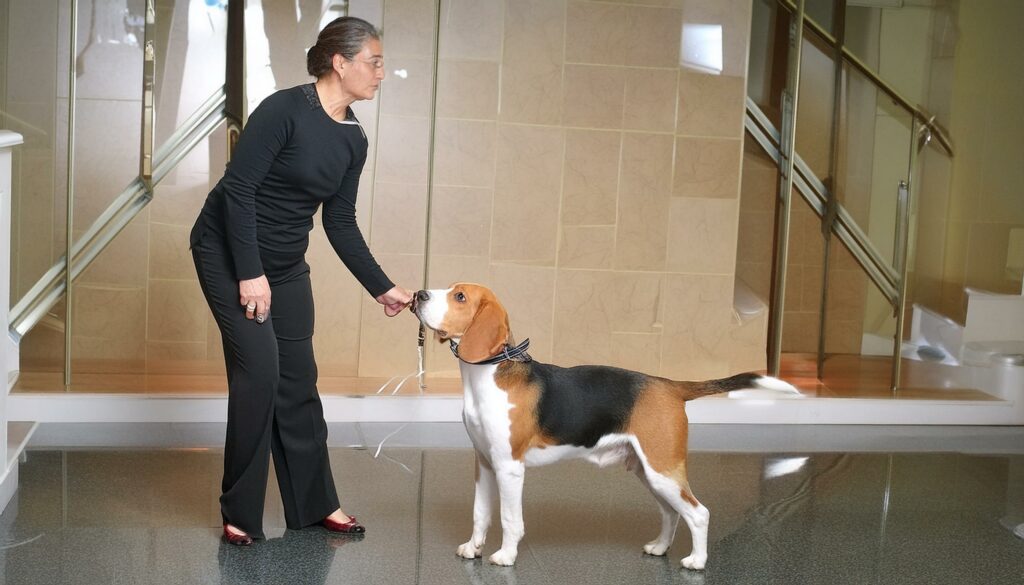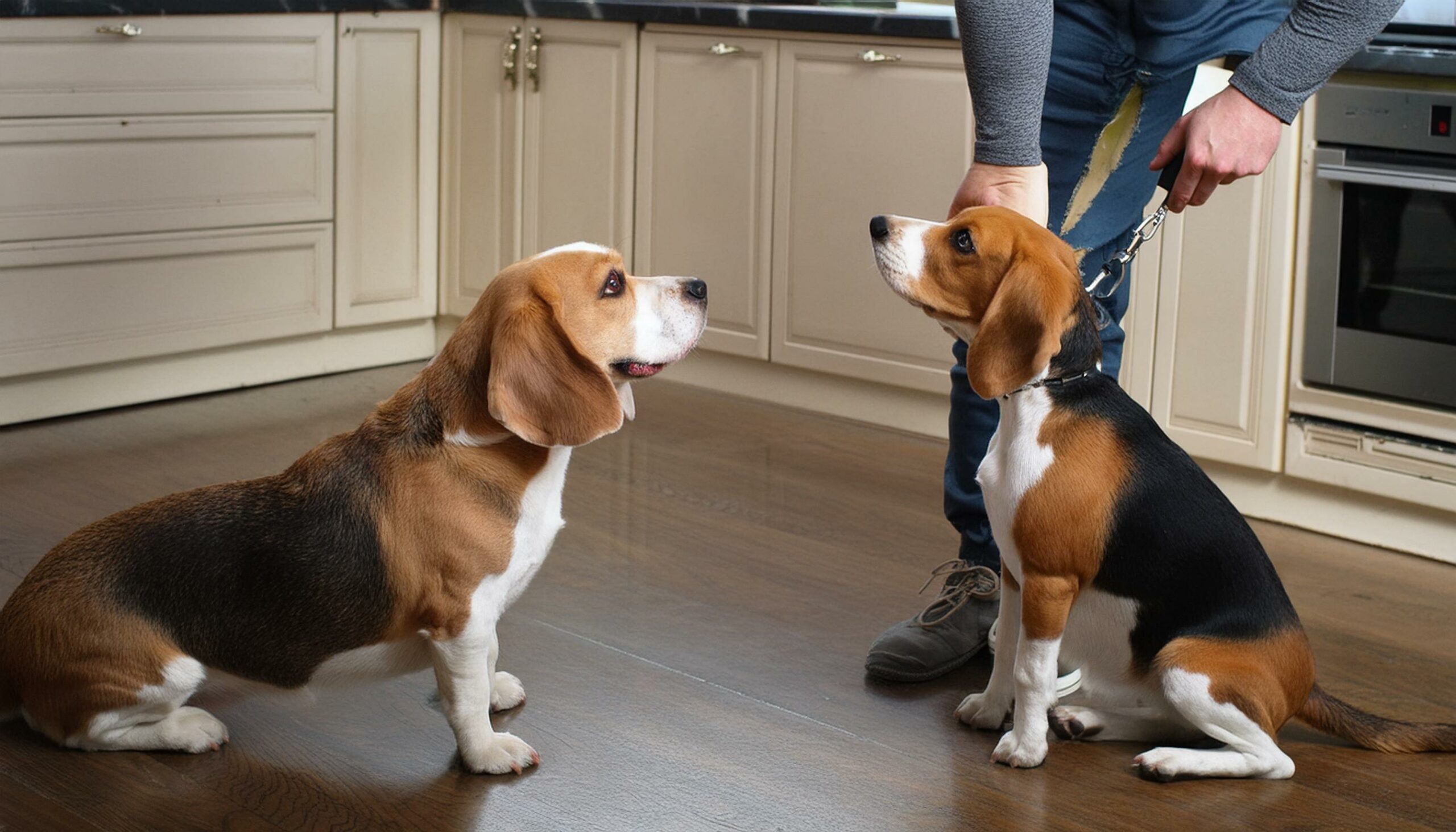Beagles, with their lovable nature and boundless energy, make wonderful companions. However, like any dog, they may exhibit behavior that needs correction. Understanding how to address these behaviors is crucial for a harmonious relationship between you and your Beagle.
Understanding Beagle Behavior
Beagles are known for their friendly disposition and playful nature. However, they can also be stubborn and prone to mischief if not properly trained. Common behavioral issues include excessive barking, digging, and disobedience.
Positive Reinforcement Training
Positive reinforcement is one of the most effective methods for training Beagles. This involves rewarding desirable behavior with treats, praise, or toys. By consistently rewarding good behavior, you can encourage your Beagle to repeat it.
Socialization
Socialization is essential for Beagles to develop good manners and become well-adjusted pets. Exposing your Beagle to different people, animals, and environments from a young age can help prevent behavioral problems later on.

Exercise and Mental Stimulation
Beagles are an active breed that requires plenty of exercise and mental stimulation to stay happy and healthy. Daily walks, interactive toys, and puzzle games are excellent ways to keep your Beagle entertained and mentally engaged.
Consistency and Patience
Consistency is key when it comes to correcting a Beagle’s behavior. Establishing clear rules and boundaries and enforcing them consistently will help your Beagle understand what is expected of them. Additionally, patience is essential, as it may take time for your Beagle to learn new behaviors.
Redirecting Negative Behavior
Rather than punishing your Beagle for undesirable behavior, focus on redirecting their attention to more appropriate activities. For example, if your Beagle is chewing on furniture, give them a chew toy instead.
Seeking Professional Help
If you’re struggling to correct your Beagle’s behavior on your own, don’t hesitate to seek professional help. A qualified dog trainer or behaviorist can provide personalized guidance and support to address specific issues.
Understanding the Root Cause
It’s important to understand that many behavior problems stem from underlying issues, such as fear, anxiety, or boredom. By addressing the root cause of the behavior, you can effectively correct it and prevent it from recurring.

Creating a Safe Environment
Make sure your home is safe and conducive to good behavior. This may involve puppy-proofing your living space, providing plenty of toys and enrichment activities, and ensuring your Beagle has a comfortable place to rest.
Establishing Leadership
Beagles thrive in an environment where they know their place in the pack hierarchy.
Establish yourself as the leader through consistent training, clear communication, and positive reinforcement.
Setting Realistic Expectations
Beagles, like any dog, require time, patience, and consistency to learn new behaviors. Set realistic expectations for your Beagle’s progress and celebrate small victories along the way.
Addressing Specific Behavior Issues
Identify specific behavior issues you want to address, such as excessive barking, chewing, or separation anxiety, and develop a targeted training plan to correct them.
Monitoring Progress
Keep track of your Beagle’s progress and make adjustments to your training methods as needed. Celebrate successes and be patient with setbacks, knowing that behavior correction is a journey.
Conclusion
Correcting a Beagle’s behavior requires patience, consistency, and positive reinforcement. By understanding your Beagle’s needs and using effective training techniques, you can cultivate a strong bond and foster good behavior for years to come.
